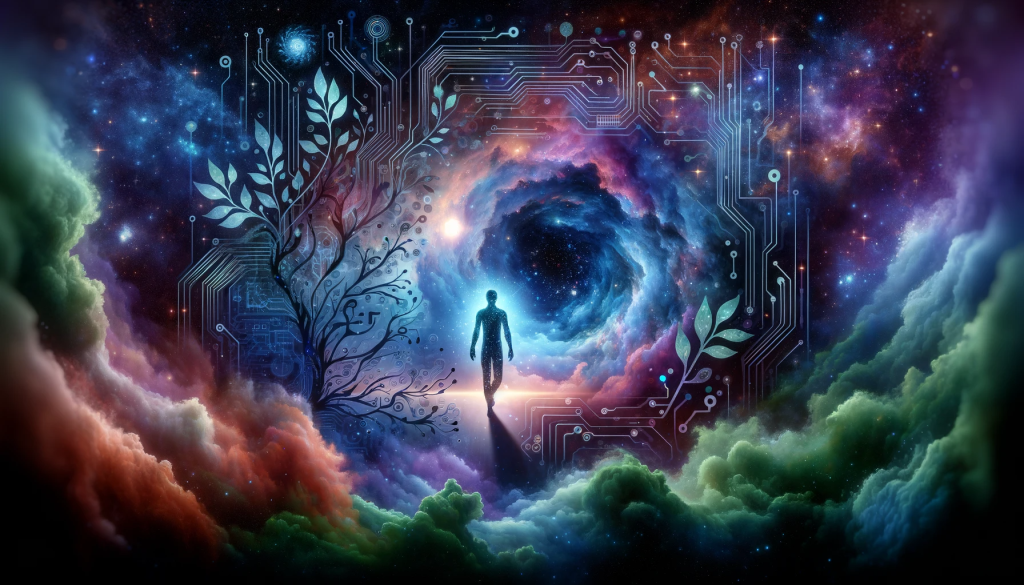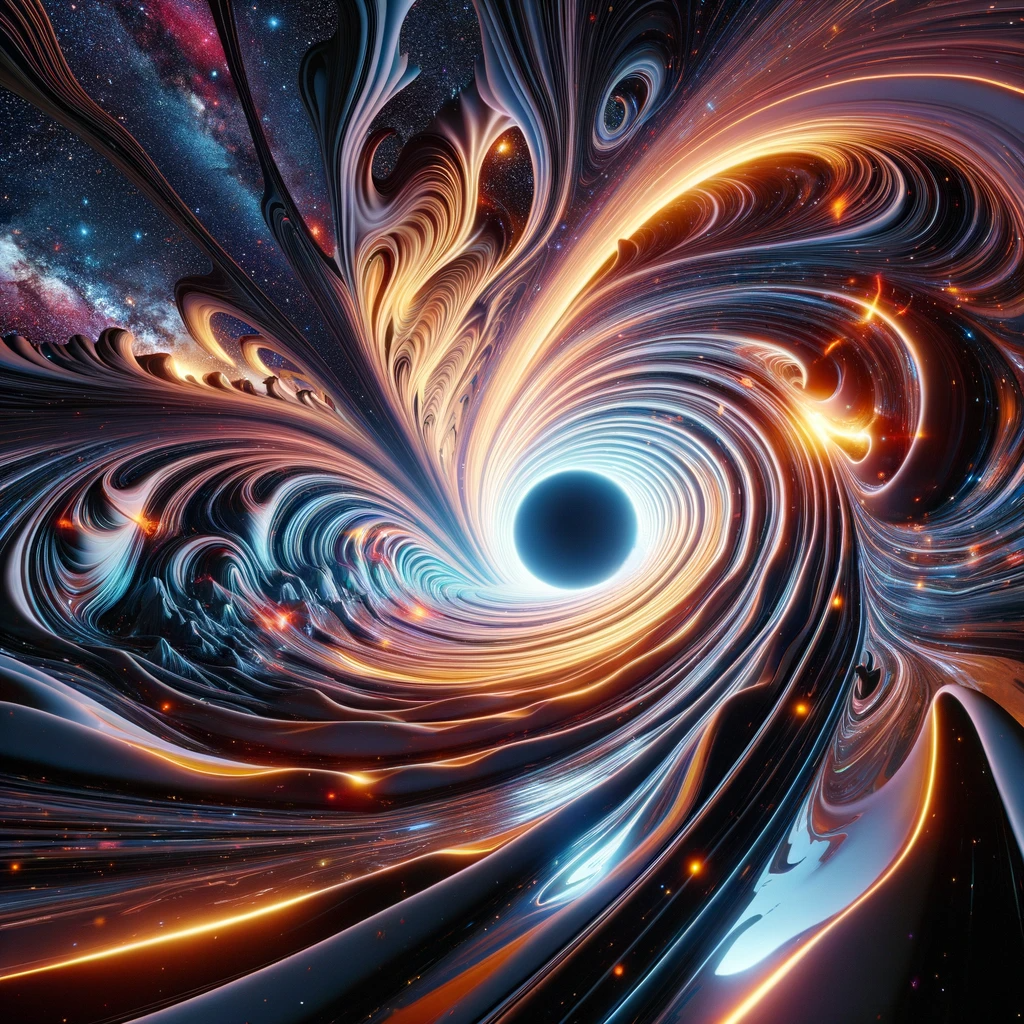
Surely there’s more to it than “it can make life easier”!
Talk around artificial intelligence in the workplace has been inescapable over this past year, with so much thought on how it can automate your workflows, how you can “write better prompts to maximize your productivity”, or even how it can replace a human’s touch for more menial creative or analytical work (spoiler alert, it’s not there yet).
But doesn’t that make the AI revolution seem so rote to you? To me, largely framing the rise of AI this decade as “it makes work less tedious” undermines two of the biggest developments of our species’ fourth industrial revolution:
- That AI has the capacity to feed anyone’s boundless curiosity
- That AI can help you represent an idea you might not have the tools or capacity to create yourself

What’s amazing about AI systems like ChatGPT is how you can use them to explore almost any topic you care to learn in a way that’s approachable to you. For instance, I’m not just the biggest performance marketing nerd you’ll run across but I’m just as big a geek for anything and everything space-related. While I certainly don’t understand any of the actual physics behind the phenomena, I can still find endless rabbit holes to dive into, ones that led to a fascination with black holes in particular.
That’s how I found myself playing around with DALL-E (ChatGPT’s image-generative AI tool) to create some visual representations of black holes and the singularities within them. And the results were positively otherworldly.
The first image is what a black hole looks like from the outside (before you get sucked into the event horizon), and it looks almost EXACTLY like the scientific models and real observed black holes say they do – not exactly a groundbreaking image, but still very impressive:

The second image, however, gave me goosebumps when it finished generating. That’s what DALL-E imagined the inside of a black hole would look like, once you’ve passed the event horizon into the singularity where the laws of physics theoretically stop applying (at least based on our current understanding). And it’s not something I would have ever possibly conceived:

Obviously, we’ve never sent anyone with a camera through a black hole before so we can’t know for certain what you’d see (maybe Christopher Nolan did when shooting Interstellar but “forgot” to tell anyone) but we do know what might happen to you according to physics, and DALL-E does too. It used that theoretical understanding to depict what looking back onto the universe from inside a singularity, where conventional space-time perceptions are defied, could look like.
Thanks to generative AI, I can now imagine what it could be like to be trapped within a surreal landscape that distorts the laws of physics in a chaotic mix of colours and warped light as you are infinitely spaghettified before being crushed out of existence!
In other words, DALL-E showed me what a theoretical astral phenomena that is inherently unknowable could look like.
In my eyes, that’s the real power of artificial intelligence: it’s a tool for exploring beyond what is conventionally knowable.
And to think that I, as a lifelong sci-fi junkie, could explore the cosmos and the insides of black holes without ever leaving the planet 🤯
Now if you’ll excuse me, there’s so much more to this universe I’d like to explore from the comforts of my couch.
Let me know what else you’ve explored with AI tools yourself, or if you’re curious about the prompts I used for DALL-E to generate these images.
Always geeked to nerd out over AI 🤖
